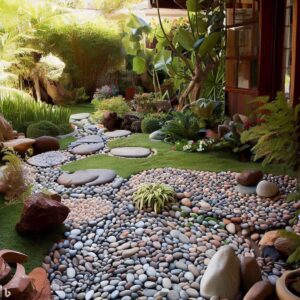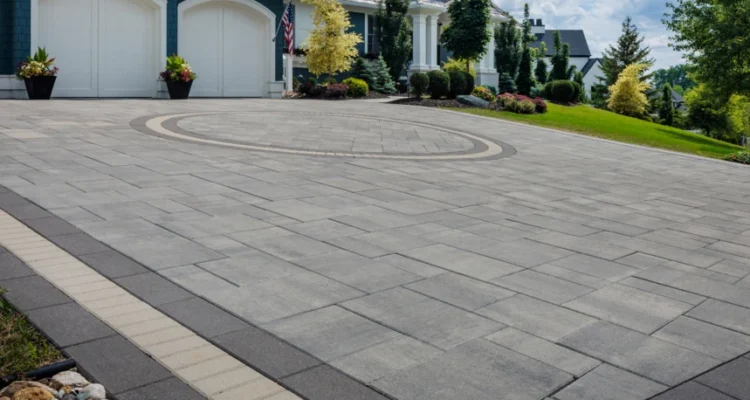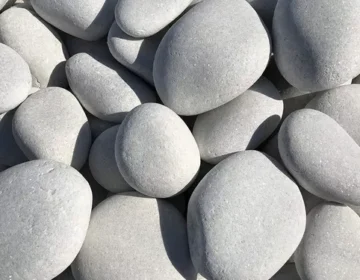Complete Guide to Decorative Stones for Outdoor Spaces
Decorative stones are versatile and aesthetically pleasing elements that can transform any outdoor space, adding texture, color, and a sense of natural beauty. At Boost Home Pro, we believe that the right choice of decorative stones can make a significant difference in the design of your garden, patio, pathways, and other outdoor areas. In this comprehensive guide, we will explore the different types of decorative stones that can be used outdoors, their benefits, common applications, installation tips, and maintenance advice.
Benefits of Decorative Stones
- Attractive Aesthetic:
- Decorative stones come in a wide range of colors, sizes, and textures, allowing you to create unique and personalized designs that enhance the beauty of your outdoor space.
- Durability:
- Natural stones are extremely durable and can withstand harsh weather conditions, making them an ideal choice for any landscaping project.
- Low Maintenance:
- Unlike other landscaping options, decorative stones require minimal maintenance. They do not need watering or pruning and are easy to clean.
- Sustainability:
- Stones are a natural and eco-friendly material that do not wear out or decompose, reducing the need for frequent replacements and minimizing environmental impact.
Types of Decorative Stones
- Gravel and Pebbles:
- Gravel and pebbles are popular choices for pathways, patios, and drainage areas. They come in various colors and sizes and can be used to create interesting patterns and textures.
- River Rock:
- River rocks are smooth, rounded stones found in riverbeds. They are ideal for water gardens, pond borders, and garden areas where a natural and organic look is desired.
- Crushed Stone:
- Crushed stone is commonly used in construction and landscaping projects. It is available in various sizes and colors and is used to create pathways, patio bases, and drainage areas.
- Crushed Marble:
- Crushed marble is a decorative stone that adds a touch of elegance and luxury. It is perfect for formal gardens, pathways, and areas around fountains or statues.
- Limestone:
- Limestone is a sedimentary stone often used in landscaping due to its durability and natural appearance. It can be used to create walls, pathways, and garden borders.
- Lava Rock:
- Lava rock, also known as volcanic rock, is a lightweight and porous stone used for rock gardens, fire areas, and as ground cover. Its dark color and unique texture add a dramatic touch to the landscape.
- Slate:
- Slate is a metamorphic stone used to create pathways, patios, and walls. Its smooth surface and color range from gray to green and purple make it very attractive for outdoor design.
- Granite:
- Granite is an igneous stone often used in landscaping due to its strength and aesthetic appeal. It is ideal for paving, walls, and steps.
Common Applications of Decorative Stones
- Pathways and Walkways:
- Decorative stones are perfect for creating pathways and walkways that guide visitors through the garden. Stones of different sizes and colors can be used to create unique patterns and interesting textures.
- Patios and Terraces:
- Decorative stones can be used to create durable and visually appealing patios and terraces. Stones like slate, crushed marble, and granite are popular options for these areas.
- Rock Gardens:
- Rock gardens are an excellent way to incorporate decorative stones into landscape design. Lava rocks and river rocks are ideal for creating these gardens, adding a natural and organic touch.
- Retaining Walls:
- Decorative stones can also be used to build retaining walls that are not only functional but also aesthetically pleasing. Limestone, granite, and slate are common choices for these projects.
- Drainage Areas:
- Gravel and crushed stone are excellent for creating drainage areas that help prevent water accumulation and soil erosion. These stones allow proper drainage and keep the soil in place.
- Ground Cover:
- Decorative stones can be used as ground cover instead of mulch. Crushed stone, gravel, and lava rock are popular options that add color and texture to the soil while reducing weed growth.
Tips for Installing Decorative Stones
- Ground Preparation:
- Before installing decorative stones, it is important to prepare the ground properly. This includes removing existing vegetation, leveling the soil, and placing a weed barrier.
- Selecting Stones:
- Choose stones that best fit your needs and aesthetic preferences. Consider factors like color, size, and texture to ensure they complement the overall design of your garden.
- Installing Edging:
- Install edging around areas where stones will be placed to keep them in place and prevent stones from migrating to other areas of the garden.
- Laying Stones:
- Lay decorative stones evenly and make sure they are level. For pathways and walkways, use a gravel base to provide stability and proper drainage.
- Regular Maintenance:
- Perform regular maintenance of areas with decorative stones by removing weeds and fallen leaves and adding more stones if needed to maintain the desired appearance.





Conclusion
Decorative stones are an excellent choice for enhancing the design of your garden, patio, or any outdoor area. They offer durability, low maintenance, and an attractive aesthetic that can transform your outdoor space. At Boost Home Pro, we are committed to helping you select and install the best decorative stones for your landscaping project. Visit our website to learn more and start designing your garden with decorative stones today.






